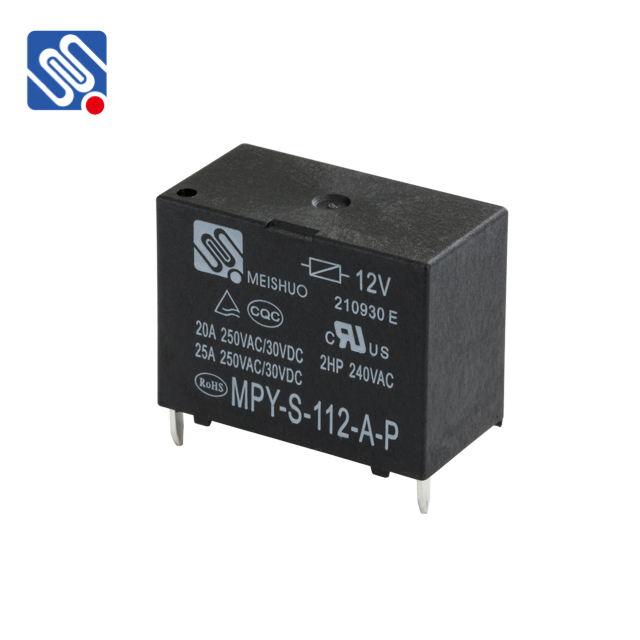Relays are critical components in electrical and electronic systems, acting as switches that control the flow of electricity to various parts of a circuit. They allow low-power circuits to control high-power circuits by using electromagnetic principles. One of the most important factors in selecting a relay is its voltage rating, which ensures the safe and efficient operation of the relay in a given circuit. This article will explore the significance of relay voltage ratings, including coil voltage and switching voltage, and offer insights into their selection process.

1. The Importance of Relay Voltage Rating Relay voltage ratings are crucial because they determine the voltage limits within which a relay can operate safely. If a relay is exposed to voltages beyond its rated value, it may fail prematurely or, worse, cause a hazardous condition such as electrical arcing or fire. Understanding the voltage rating is vital for ensuring that the relay functions properly without damaging the system or posing safety risks. 2. Types of Relay Voltage Ratings There are two main types of voltage ratings associated with relays: coil voltage rating and switching voltage rating.
Leave a Reply